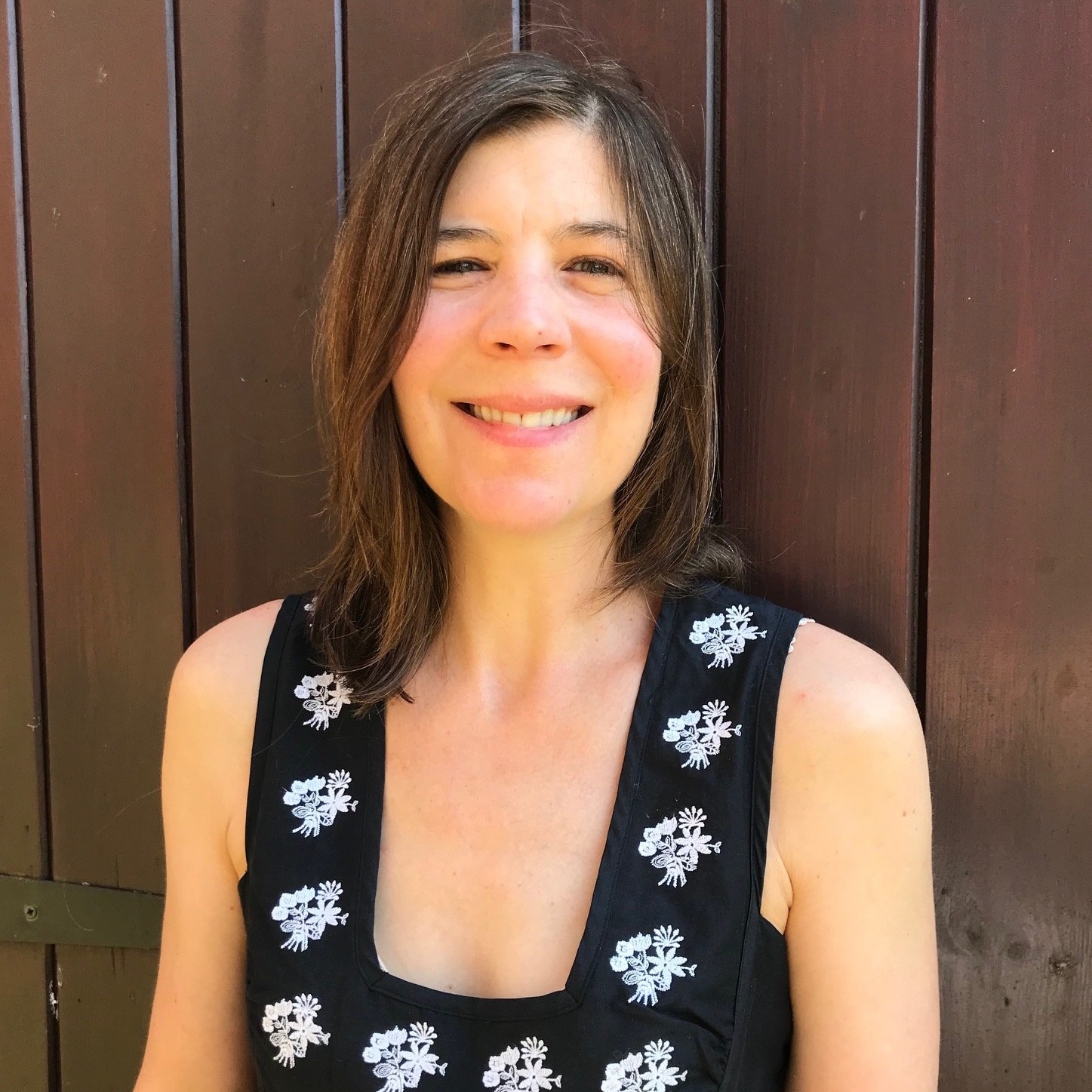Natural swimming pools: Everything you need to know about building one in your garden
Natural swimming ponds–refreshing, aesthetically pleasing, wildlife friendly and more harmonious in the landscape–are becoming fashionable. Why not take the plunge, suggests Tiffany Daneff.
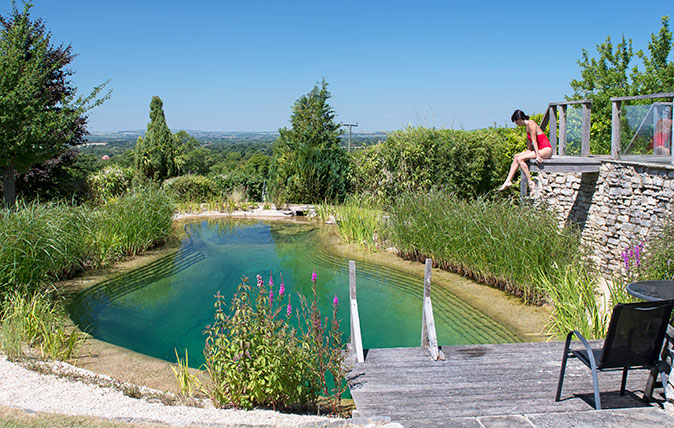

Like tennis courts, swimming pools tend to be hidden out of sight at the end of the garden, that offensively brilliant-Californian-blue rectangle, sensibly disguised behind trees or tucked away behind high walls. And quite right, too; few sights are more guaranteed to disrupt a bucolic view.
There’s a much simpler solution: the natural swimming pond. With dragonflies glinting on the reeds and waterlilies drifting on the surface, they look just like a real pond and are excellent for wildlife, but allow for entry without getting mud between your toes.
Popular in Austria and Germany, they’re now gaining fans in this country. After the summer we’ve just had, it’s easy to see why. Here’s everything you need to know.
How do natural swimming ponds work?
Different companies use different methods and materials, but the objective is the same: to reduce the nutrients in the water, thus preventing algae from growing and so keeping the water clear. Some companies pump the water through shingle, which acts as a filter, but others use plants to absorb nutrients, micro-organisms and pathogens.

It can be hard to tell the difference between a pond and a natural pool, not least because it’s possible to convert the former into the latter. Animals will need to be kept at a distance, as crystal-clear water depends on low nutrients in the water – you also want to avoid effluent run-off in wet weather. Keep in mind, too, that nearby trees with heavy leaf fall are going to be more demanding, as the leaves will need to be cleared off the water regularly.
What shape can it be?
The pond can be a natural kidney-shape, round or it can be excavated with formal straight edges – depending on landscape and preference. All have a shallow shelf, known as the regeneration area, where oxygenating plants clean the water and a barrier separates the shelf from swimmers, preventing soil and roots from spilling over into the deeper water.
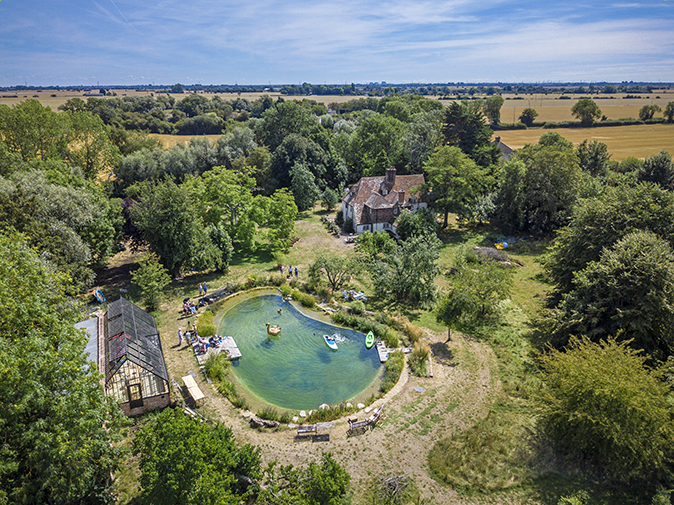
How natural are they?
Completely. They use no chlorine or chemicals and, other than the mechanical pump to circulate water and a skimmer to clean the surface, everything else is natural.
Exquisite houses, the beauty of Nature, and how to get the most from your life, straight to your inbox.
How easy are they to maintain?
Easier than a normal pool as the water doesn’t have to be drained and there’s no need to add chemicals. It’s advisable to get an annual check-up, but, other than that, the most one needs to do is to prevent too many fallen leaves from gathering on the surface and to tidy up plant debris.
What do they cost?
Prices average about £110,000 – £130,000, depending on size and situation.
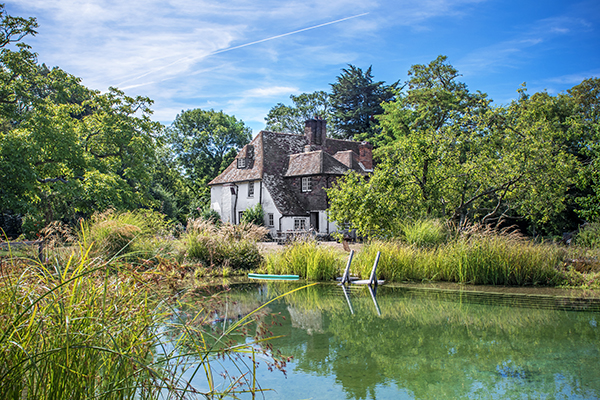
What happens in winter?
No need to cover it in winter. Dead plant matter should be pruned back in late autumn.
Do I need planning permission?
As with a conventional swimming pool, permission isn’t generally required except in AONBs, where it can be easier to gain approval for a natural swimming pond than for a traditional pool.
Can you heat them?
Yes, but most people find it that it’s not necessary. After a few sunny days, temperatures reach 25˚C and stay that way until early September. Expect average temperatures to range between 19˚C and 25˚C, although, this year, one owner’s thermometer surged to 28.3˚C. After rain, it might drop a couple of degrees.
In any case owners are usually advised to wait a year after installation before deciding to go ahead. After that, most people decide that investing in a wet suit is the way forward. It’s certainly cheaper and somehow feels more natural.
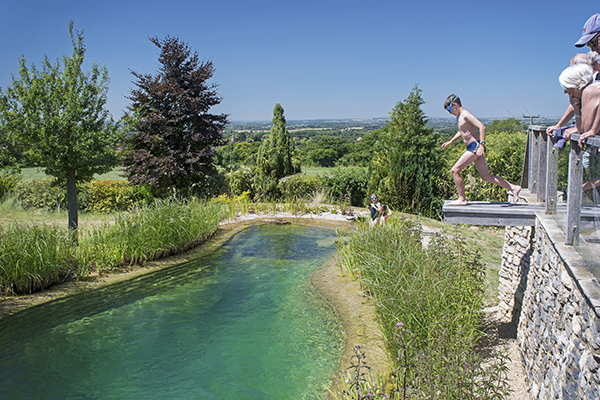
What about ducks?
Sadly, no ducks – or indeed fish – in your pond as they will boost nutrient levels.
Can you dig your own?
Well, you could. But most people have them built by specialist pond contractors.
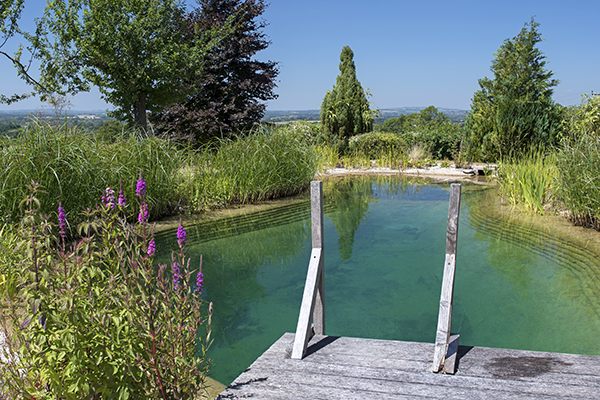
What should I plant in and around it?
Just how much you want to plant up your pond depends on your preferences. The more British native plants, the better – these will encourage more wildlife in the form of, among others, beautiful damselflies to watch on a lazy summer's day and croaking toads to enliven the evenings – but you can add some ornamentals to the mix.
Plants should include shallow and deep marginals, bog plants, floating plants and submerged oxygenators. Your pool supplier will help and you can also order all sorts of things at www.watersidenursery.co.uk, but here are a few suggestions:
- Yellow flag iris (Iris pseudacorus Variegata): A vigorous coloniser and a familiar waterside plant, with its tall and bold yellow blooms
- Water forget-me-not (Myosotis scorpioides): Bears its pretty blue or white flowers all summer and, like water mint, spreads across the surface of the water
- Marsh marigold or kingcup (Caltha palustris): Comes up with luminous-yellow cup-shaped flowers in spring
- Butomus umbellatus: A handsome, pink-flowering rush
- Purple loosestrife (Lythrum salicaria): A good coloniser loved by pollinating bees, butterflies and hoverflies and is a great way of introducing dramatic colour
Who do I need to talk to next?
Here are three natural pool suppliers to try out:
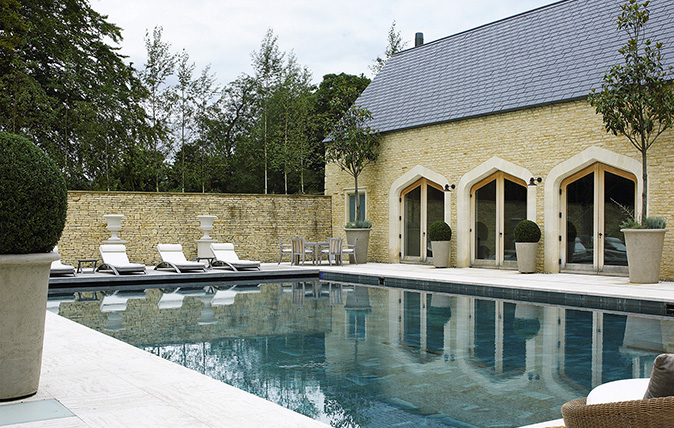
6 things to consider before building a swimming pool
A pool makes a glamorous addition to your home, the perfect spot for a summer party or afternoon with family
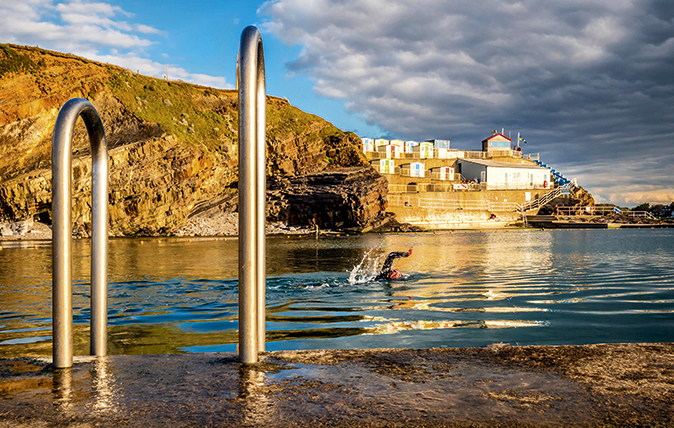
Come on in, the water’s lovely: Why we all love a lido
Britain’s historic outdoor swimming pools, long neglected, are back in business.

Credit: Shortridge Hall (Picture: Finest Properties)
Shortridge Hall: A Victorian mansion perfect for rest and play, with views out to the Northumberland coast
Shortridge Hall is a beautiful home on the spectacular Northumberland coast where a traditional Victorian country house has had a
Previously the Editor of GardenLife, Tiffany has also written and ghostwritten several books. She launched The Telegraph gardening section and was editor of IntoGardens magazine. She has chaired talks and in conversations with leading garden designers. She gardens in a wind-swept frost pocket in Northamptonshire and is learning not to mind — too much — about sharing her plot with the resident rabbits and moles.
